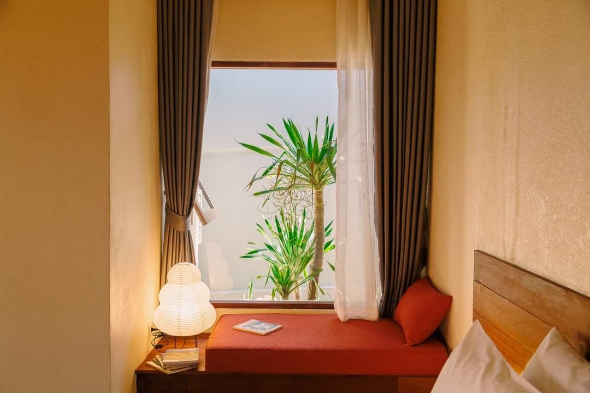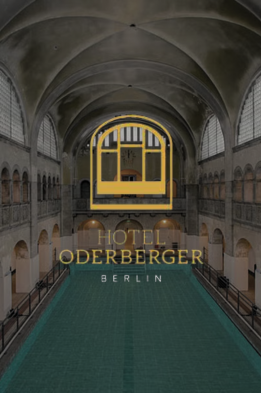What is hotel interior design?
Hotel interior design is the art and science of enhancing the interiors of a hotel to create a stylish, comfortable, and functional environment for guests. It involves selecting appropriate furniture, colours, lighting, materials, and décor to align with the hotel’s brand and target audience.
Effective hotel interior design aims to provide a unique and memorable guest experience, promoting relaxation and satisfaction.
In this blog we’ll give you all the tips to make your property’s interior design shine.
Table of contents
Why is hotel interior design important?
Hotel interior design is crucial because it directly impacts guests’ experiences and perceptions. A well-designed hotel creates a welcoming and comfortable atmosphere, enhancing guest satisfaction and encouraging repeat visits, and it reflects the hotel’s brand identity and can set it apart from competitors, making a memorable impression.
Effective interior design also optimises space functionality, ensuring that both aesthetics and practicality are balanced. Thoughtful design even plays a role in operational efficiency, making it easier for staff to deliver high-quality service by complementing their skills. Overall, interior design plays a vital role in a hotel’s success and reputation – and it pays (literally) to take care during the process.
Boost your reservations with SiteMinder’s smart platform Leverage the power of SiteMinder to showcase your hotel’s stunning interiors and attract more guests.
Examples of the best hotel room design
Luxury hotel interior design
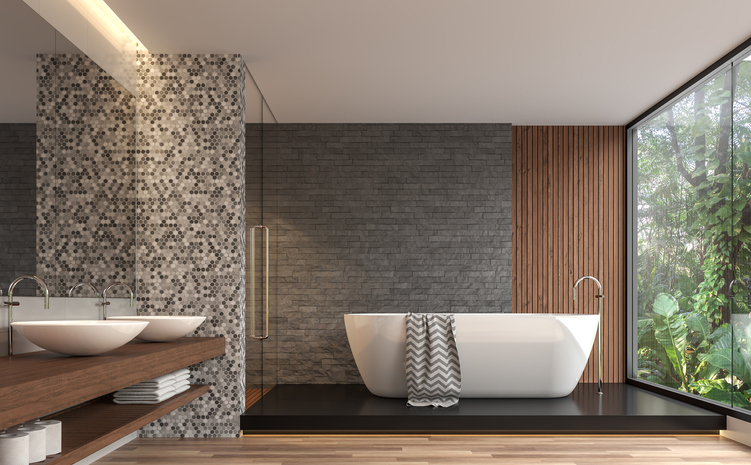
Luxury hotel rooms exude opulence and comfort, featuring high-end materials, bespoke furnishings, and elegant decor. Attention to detail and superior craftsmanship create an atmosphere of sophistication and indulgence.
Look for: a plush king-sized bed featuring high-thread-count linens, a marble-clad bathroom with a rain shower, and custom-made furniture.
Modern hotel interior design
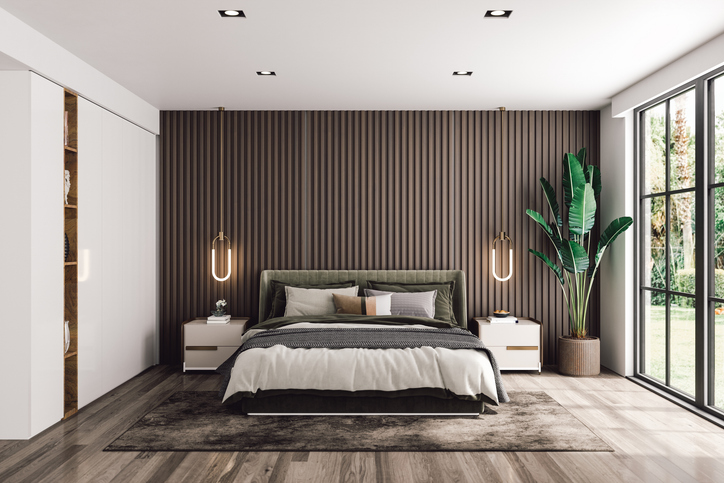
Modern hotel rooms are characterised by sleek lines, minimalist decor, and innovative use of technology. These designs focus on functionality and aesthetics, often incorporating sustainable materials and smart features.
Look for: clean lines, a wall-mounted smart TV, and a bathroom with frameless glass shower enclosures, as well as eco-friendly materials like reclaimed wood and energy-efficient lighting.
Boutique hotel interior design
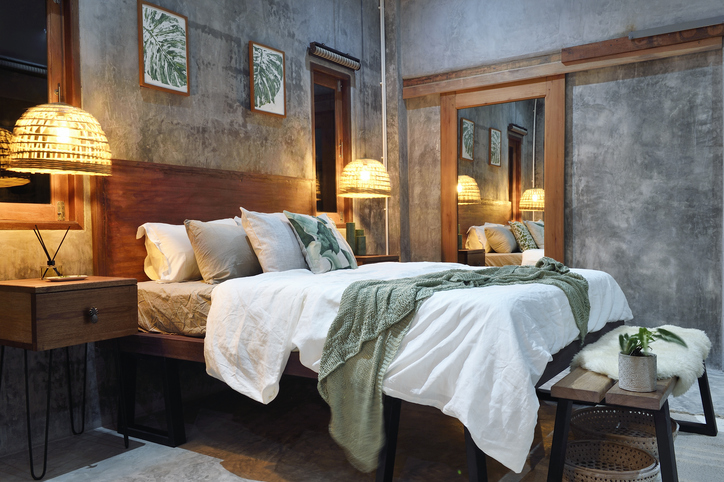
Boutique hotel rooms offer unique and personalised designs, often reflecting the local culture and heritage. These spaces are intimate and eclectic, with a strong emphasis on individuality and charm.
Look for: local artisan crafts, such as handwoven rugs and unique artwork, as well as vibrant patterns and a mix of vintage and contemporary furniture.
Simple hotel room interior design
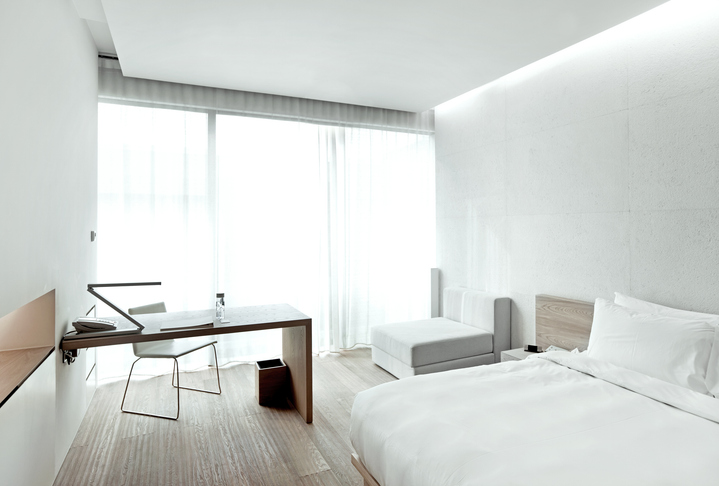
Simple hotel rooms prioritise comfort and functionality without excessive decor. Clean lines, neutral colour palettes, and efficient layouts create a peaceful and practical environment. Remember that simple doesn’t have to mean bland, but it does tend to err on the side of function over form.
Look for: neutral colours, a comfortable bed with crisp white linens, and essential furniture like a desk and chair. Focus on spaces that don’t ‘get in the way’.
Beach hotel interior design
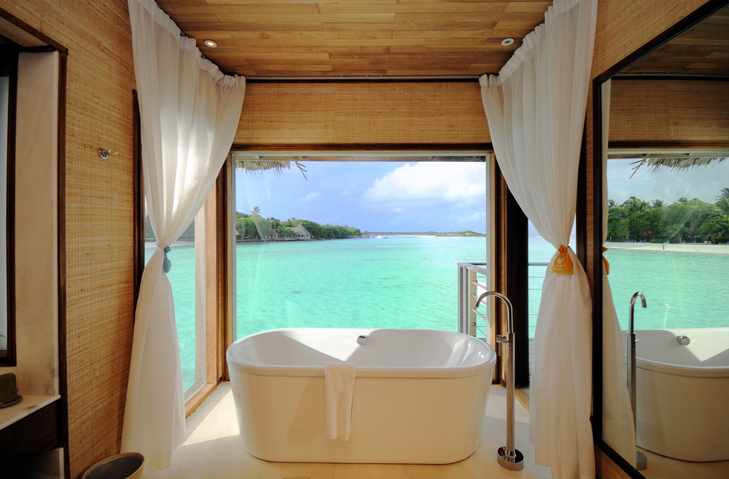
Beach hotel rooms are designed to bring the outside in, with light, airy spaces that often feature coastal colours and large windows to showcase stunning ocean views. Balconies, patios and decks are a big draw – it’s less interior design and more interior + exterior flow.
Look for: natural materials like rattan and wood, and decor elements such as seashells and nautical-themed artwork.
Small hotel room interior design
Small hotel rooms make the most of limited space with clever design solutions. Multifunctional furniture, smart storage options, and efficient layouts ensure comfort and convenience without feeling cramped.
Look for: wall-mounted shelves and compact, modular pieces that help maximise space, while bright colours and mirrors can make the room feel larger.
Simple tips to designing a hotel room
If you’re considering how to design a hotel room effectively, the answer is simple, but not necessarily easy. You need to balance aesthetics with functionality, enhancing both comfort and satisfaction for guests. A thoughtful design can make their stay memorable and unique.
Here are some practical tips for designing a hotel room:
Using plants in hotel room interior design
Common houseplants are making a reappearance in fashionable interiors – and they can also be used at your hotel. Not only do they add character and atmosphere to a space, they improve air quality and reduce dust.
Plants soften areas that have a lot of hard elements; which is often the case with communal hotel areas that may have concrete or porcelain floors, double-height walls and large windows.
Plants can be used for a lot more than you would initially think. Here are five ways your hotel design could benefit from some potted colour:
- Enliven a dark corner or boring view with a statement plant rather than cramming in more furniture. Group plants with contrasting textures and heights for added effect.
- Plants can break up large spaces to create small vignettes or meeting areas without spoiling a feeling of spaciousness. Plant racking is great for dividing areas of communal space without committing to a permanent structure. It creates privacy while maintaining views across the room. This is a good idea for screening off diners from the greet in a restaurant.
- From a design perspective, plants can create balance: perhaps a tall cactus or trendy cheese plant could provide a visual counterpoint to a large piece of heavy furniture that seems to pull the eye in one direction. An interesting room has more than one focal point. Hotel lobby furniture tends to be low and planting can provide height in a neutral form.
- A living or green wall absolutely transforms a space and can conceal an ugly elevation with abundant foliage. These textured plantings are rooted into a structure that is attached to an internal or external wall. You can get moss-based and realistic-looking artificial systems that require no watering at all.
- Planted pictures are great for a contemporary statement. They convey a sense of humour that will put guests at ease when checking in if the hotel’s architecture and design is minimalist in a way that can make incomers feel self-conscious.
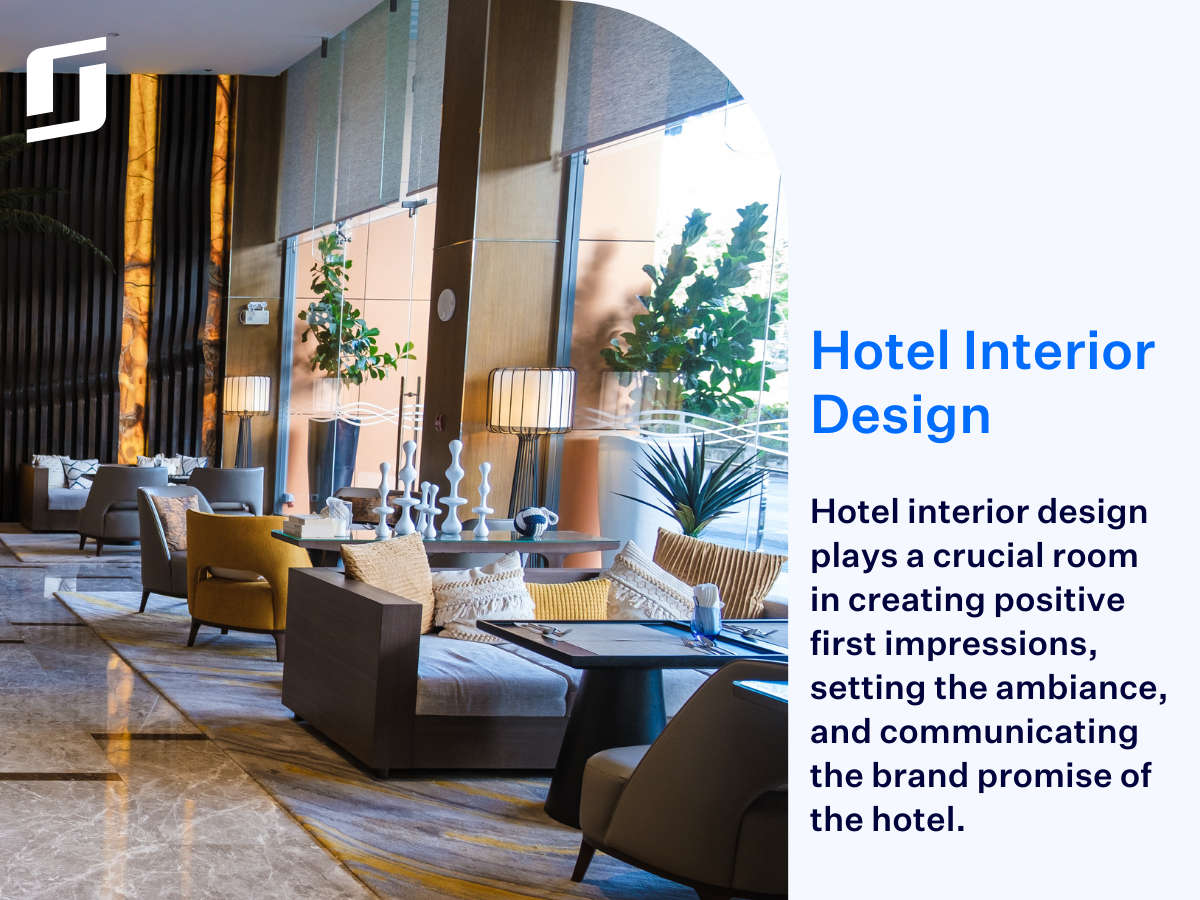
Tips for using plants in a modern hotel room design
There are some general guidelines that should be followed for how and when plants should be used. It takes a little more than placing them randomly – and could even win you some hotel design awards:
- If you have a small internal courtyard or outside space, don’t think small, or grass. Create an intriguing jungle-like oasis with giant palms, strappy phormium and cordyline and feather-leaved tree ferns like dicksonia. Weave gravel or tiled paths through the planting and place a few little tables or chairs where a natural space forms. Install some atmospheric lighting to illuminate the foliage.
- Statement planters at the entrance of your hotel will create a striking impression. A pair of symmetrical bay or olive trees is boring, so opt for some quirky topiary instead. Bear in mind that this will need expert maintenance to keep it looking sharp. Soften with some flowering plants around the base if this arrangement looks a bit unwelcoming.
- If real plants seem like too much of a maintenance commitment, there are hundreds of realistic artificial options. However, don’t buy them online without checking the quality first.
- Be creative with window boxes. A mixture of tall, twiggy plants, which will still allow some light through, underplanted with spiky grasses, flowering annuals and even shrubs will add drama to the plan.
